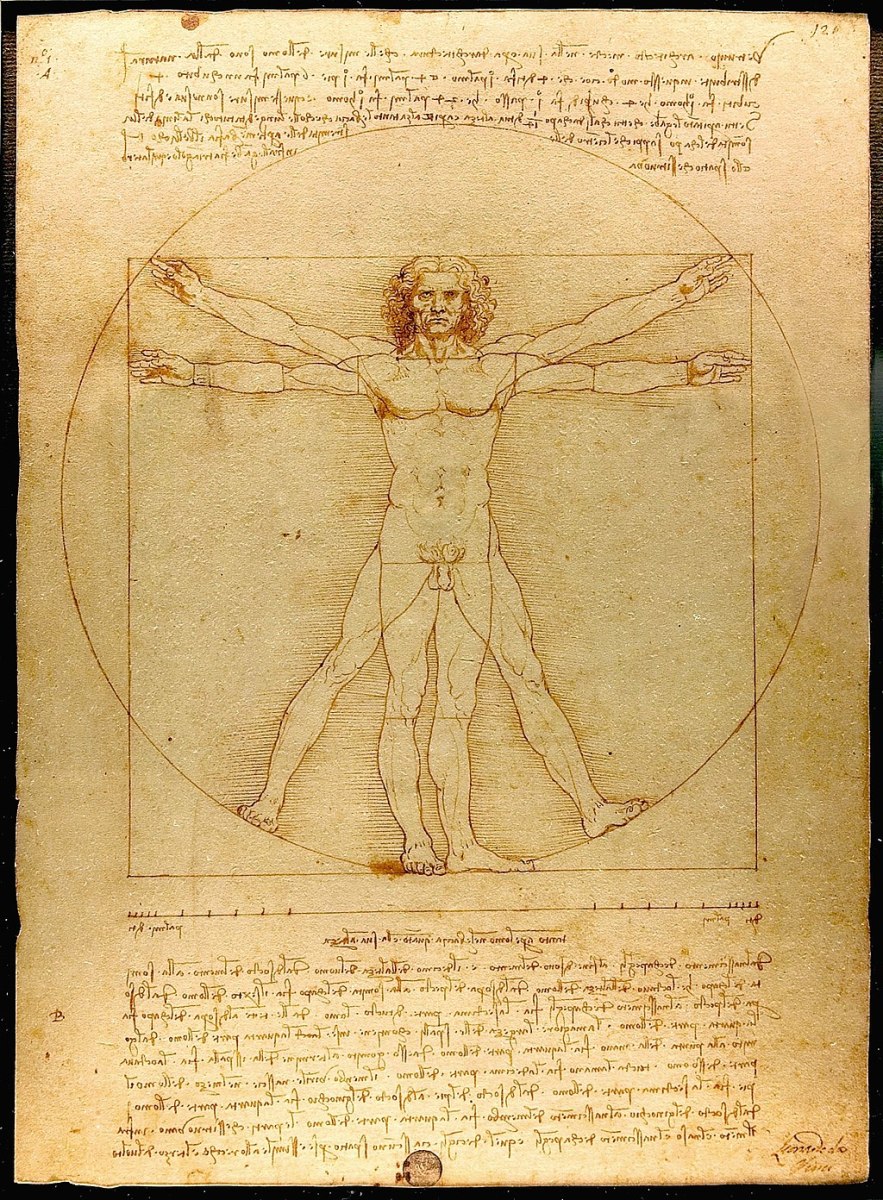Frozen and Feminism: Disney's Queen Elsa, an Empowered Woman?
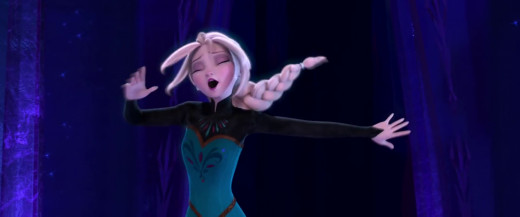
Accusations of "False Feminism": Justified?
It is not the first time that Disney has cast a female as the lead in one of their films; however, the appearance of two female leads in Frozen (2013) has caused quite a stir in feminist circles and beyond. On the one hand, the film has received much accolade, being praised for its subversion of the princess-needing-a-prince-to-save-her archetype. Alternatively, others have slammed the scripting as "false feminism", and thus a perpetuation of the old-school Disney presentation of women.
One can see the logic of either side.
Certainly, there is an absence of the typical marriage and happily ever after scene at the film's conclusion. The plot also undermines the much propagated Disney fallacy of love at first sight, dramatically shattering the illusion presented by the song "Love is an Open Door" upon the revelation that Prince Hans is, in fact, the villain.
Alternatively, in the aftermath of the coronation scene when Elsa's ice powers of discovered, her abandonment of her throne could be judged as the complete inverse of feminism. Her assertion of "I don't care what they're going to say" really does say it all. Surely, as a defender of the "false feminism" approach might say, despite of her inner wranglings and perceived "curse", Elsa should recognise her responsibility as sole ruler of the fictional kingdom of Arendelle and step up to the job. Indeed, the character's superficially rash decision could be interpreted as Disney's suggestion that women make poor, imprudent leaders: rather than adhere to the typical traits of a leadership, such as responsibility and self-sacrifice, she chooses to run away.
Whilst both interpretations have redeeming features, maybe there is an alternative analysis.
"Frozen is based on a Hans Christian Anderson fairytale where a girl rescues her male friend, but the film writers changed the story to make main character Anna need a man’s help.”
— Bitch Media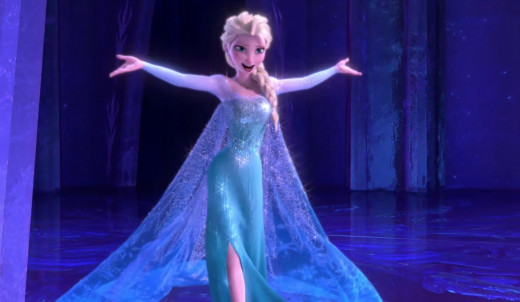
Surely this is the embodiment of feminism?
Whilst it is easy to argue that Elsa does play the role of villain more than once or twice in the early to middle stages of the film (indeed, she nearly kills her own sister!), the character does have many complexities which redeem her.
Upon the revelation of her powers, Elsa abandons her kingdom and retreats to the north mountain. Instead of criticising her irresponsibility and lack of courage to overcome her issues and reign as rightful queen, the character should be earning our respect. By leaving Arendelle, she is essentially choosing herself over her kingdom - arguably a far greater responsibility than queenship. Above all, the character refuses to explain for her actions. Considering this is a woman whose childhood mantra was "conceal don't feel", this is a moment of liberation and courage. Elsa learns to face and - more importantly - accept what it is which scares her most: her powers. In doing so, she experiences the freedom which allows her to realise her own self-worth and ability to influence her own destiny. Surely this is the embodiment of feminism?
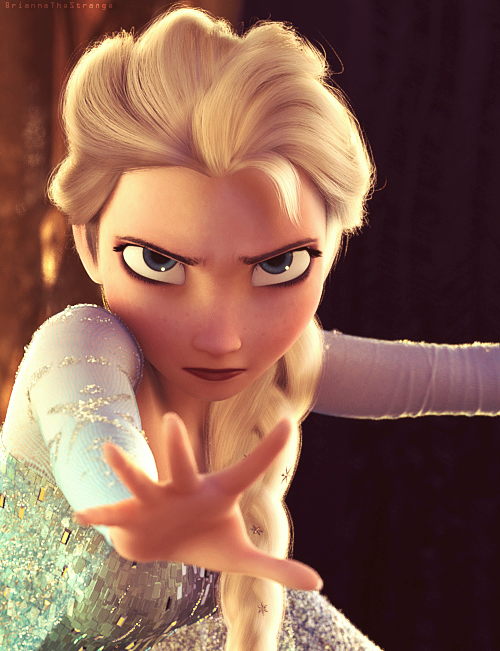
No Longer the Simplistic Wilting Flowers of Classic Disney
Although there is a departure from Hans Christian Andersen's original The Snow Queen, the didactic nature of the new, Disney-fied plot should not be undermined. Of the bildungsroman genre, the audience witnesses Elsa's coming-of-age as a woman aware of her own self, potential and desires. Rather than live a life of misery, the character places her own needs above all else.
Had Elsa remained in Arendelle after her powers had been exposed, she would have been fulfilling her natal duty as Queen of Arendelle - but at what cost? It is hard to argue that the icy queen would have been accepted by her kinsmen and subjects, especially when one recognises that within seconds of her powers being exposed, she was branded a "monster" and shunned by her own people. Her life would have been akin to a monastic existence, forced to abstain from her true self in order to serve a - perceived - higher cause. Remaining in a situation where your true being is jeopardised is the rejection of the self, and thus the antithesis of women's liberation.
In Frozen, Disney certainly raises some interesting questions about character complexities and self-worth.
Gender Bias in Film
According to the Geena Davis Institute on Gender in Media, after an investigation of popular films across 11 countries, only 23% of films feature a female protagonist.
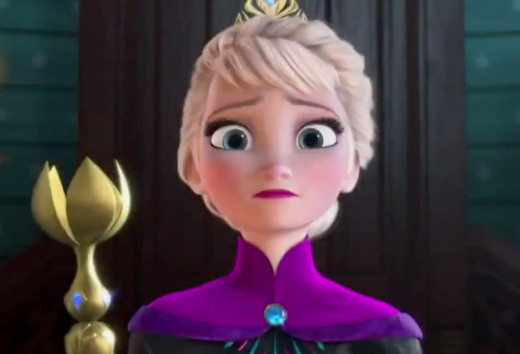
Disney and Mental Health Awareness
As has been discussed, the character of Elsa experiences both psychological and moral expansion in the scenes after her retreat from Arendelle. However, there are multiple suggestions throughout the film that her psychological development stretches further still.
Born with ice powers which the character regards as her curse, Elsa not only has to deal with the near death experience of her sister when they were children, but live a life of isolation during her formation years - to "conceal" and not "feel". Not only that, but around the time of her eighteenth birthday, she suffers the devastating loss of both of her parents - the only people who know of and understand her powers.
Anxiety:
- Even as a child there are hints that Elsa will later suffer from a fully fledged anxiety disorder, when she panics and screams at her parents that she cannot control her powers as they are getting stronger.
- During the coronation scene, the audience sees Elsa's hands shake violently, prompted by the fight or flight’ response in the body in response to life threatening issues.
Post-Traumatic Stress Disorder:
- Upon reaching Elsa's ice palace on the North Mountain, the reuniting of Anna and her sister does not go as planned. Instead Elsa is haunted by the guilt of almost killing her sister when they were children, which manifests as a flashback.
- Unable to bear the confrontation with her sister, the character first seemingly experiences "flight" (a retreat to her room), and then "fight" (the manifestation of a snow golem to remove her sister from her ice palace).
- It is clear during this scene that Elsa's powers, as a result of her increased state of panic, are becoming increasingly beyond her control.
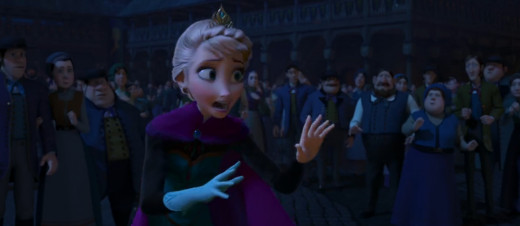
"Elsa’s messy, complicated balancing act between selflessness and selfishness makes her a human being that the audience can understand and relate to—she is not just a fairytale."
— Shira Feder, 'The Feminist Wire'What Does It All Mean?
It has to be acknowledged that feminism has definitional issues. Furthermore, by looking through the prism of women's liberation, there is a tendency towards bias, and a fragmented understanding of other factors. In this respect, therefore, I think it is incorrect to talk about Disney's Frozen in terms of "feminism".
Rather, Frozen is the story of someone overcoming their fears; of someone defying the challenges caused by spending their formative years in isolation; of someone navigating the difficulties of mental illness. Most importantly, this is the story that would have featured these same coming-of-age, character building and self-discovery plot mainstays had they been male or female.
If one focuses too much on gender, one can lose sight of what the storyline is actually revealing to us.
Rather than perpetually run for her fears, Elsa develops the ability to return to Arendelle as her true self and gain the acceptance of her people. The character has made peace with herself - in spite of her obstacles, whether self constructed or otherwise. Once more, this is a theme which can expand to both men and women, attesting to why Frozen is so universally popular.
Whilst the plot may resolve with Anna's act of true love for her sister, the true moral of this story is, I believe, more along the lines of loving oneself - as Elsa proves to all.




